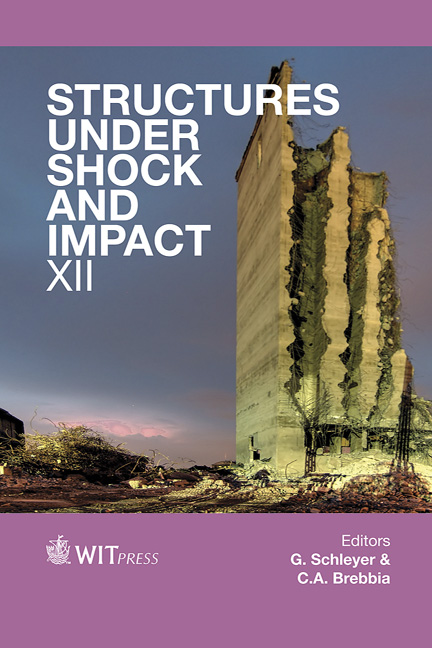Experimental Determination Of Deflagration Explosion Characteristics Of Methane–air Mixture And Their Verification By Advanced Numerical Simulation
Price
Free (open access)
Transaction
Volume
126
Pages
10
Page Range
169 - 178
Published
2012
Size
1091 kb
Paper DOI
10.2495/SU120151
Copyright
WIT Press
Author(s)
M. Mynarz, P. Lepík & J. Serafin
Abstract
Venting is a widely applied method to protect buildings and technological equipment from effects of internal explosion. The key problem in venting is the adequate design of vent area and an effective material of venting element. Α set of 76 experiments on partly confined methane–air mixture explosions with various parameters was processed. In terms of experiments, vent areas and venting elements with variable values of static activation pressure were changed. During measurements, certain items were determined at steady stoichiometric mixture concentration and atmospheric conditions: reduced explosion pressures, rates of reduced explosion pressures rise, temperatures, flame lengths and deformations of experimental equipment enclosure. Together with experiments, modelling of these processes was carried out by the codes based on computer fluid dynamic (CFD) using numerical tool FLACS (Flame Acceleration Simulator). Results of experiments and CFD models are analysed and compared to each other. Keywords: deflagration, venting, explosion characteristics, numerical simulations.
Keywords
deflagration, venting, explosion characteristics, numericalsimulations





